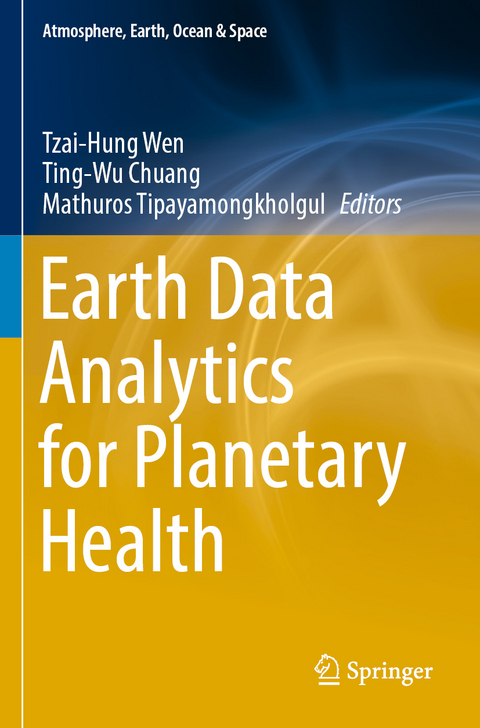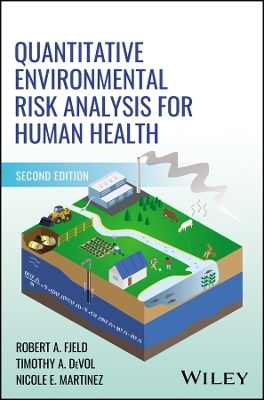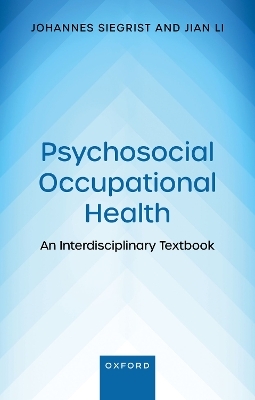
Earth Data Analytics for Planetary Health
Springer Verlag, Singapore
978-981-19-8767-0 (ISBN)
Tzai-Hung Wen: Dr. Tzai-Hung Wen is Professor of Geographic Information Science (GISc) and Epidemiology at National Taiwan University (NTU). He currently also serves as Chairman of the Chinese Cartographic Association and Editor-in-Chief of the Journal of Population Studies. His research concentrates on developing spatial–temporal statistical and computational methods for examining the associations between urban environmental changes and human health risks. Mathuros Tipayamongkholgul: Dr. Mathuros Tipayamongkholgul is Associate Professor in Department of Epidemiology at the Faculty of Public Health, Mahidol University, Thailand. She is Epidemiologist by training, and her research focuses on spatial epidemiology and time-series analysis in public health. Ting-Wu Chuang Dr. Chuang is a spatial epidemiologist and his research focuses on evaluating environmental influences on the transmission dynamics of infectious diseases. He has been using remotely sensed satellite images and geographic information systems (GIS) to undertake spatial and temporal analyses and develop forecasting models for malaria and dengue. He is an Associate Professor of Molecular Parasitology and Tropical Diseases at Taipei Medical University in Taiwan.
Topic 1. Environmental Quality Monitoring.- Chap1: Applications of Remote Sensing for Air Pollution Monitoring in Thailand: An Early Warning for Public Health.- Chap2: A novel evaluation of air pollution impact from stationary emission sources to ambient air quality via time-series Granger causality.- Chap3: Groundwater Recharge, Monitoring and Finding Suitable Areas for Groundwater Recharge in Northeast Thailand.- Topic 2. Environmental Changes and Health.- Chap4: Health benefits of air pollution reduction during the COVID-19 lockdown period in Thailand using a machine learning algorithm.- Chap5: Satellite-Derived Vegetation Indices as A Criterion for Assessing Green Exposure that is Related to Human Health Burdens.- Chap6: Five common myths about land use change and infectious disease.- Topic 3. Data and Methodological Issues for Health Studies.- Chap7: Geospatial Environmental Data for Planetary Health Applications.- Chap8: Delineating zones of disease diffusion from the amenity-sharing network in Peninsular Malaysia.- Chap9: Approaches for spatial and temporal-spatial clustering analysis in avian influenza outbreaks.- Chap10: Detecting urban form using remote sensing: spatiotemporal research gaps for sustainable environment and human health
| Erscheinungsdatum | 28.01.2024 |
|---|---|
| Reihe/Serie | Atmosphere, Earth, Ocean & Space |
| Zusatzinfo | 47 Illustrations, color; 13 Illustrations, black and white |
| Verlagsort | Singapore |
| Sprache | englisch |
| Maße | 155 x 235 mm |
| Themenwelt | Mathematik / Informatik ► Informatik |
| Medizin / Pharmazie ► Medizinische Fachgebiete ► Arbeits- / Sozial- / Umweltmedizin | |
| Studium ► Querschnittsbereiche ► Klinische Umweltmedizin | |
| Studium ► Querschnittsbereiche ► Prävention / Gesundheitsförderung | |
| Naturwissenschaften ► Geowissenschaften ► Geografie / Kartografie | |
| Schlagworte | Air Pollution • Earth Data Analytics • Geographic Information System (GIS) • Planetary health • Remote Sensing • Southeast Asia • spatial analysis • Tropical Diseases |
| ISBN-10 | 981-19-8767-X / 981198767X |
| ISBN-13 | 978-981-19-8767-0 / 9789811987670 |
| Zustand | Neuware |
| Informationen gemäß Produktsicherheitsverordnung (GPSR) | |
| Haben Sie eine Frage zum Produkt? |
aus dem Bereich

